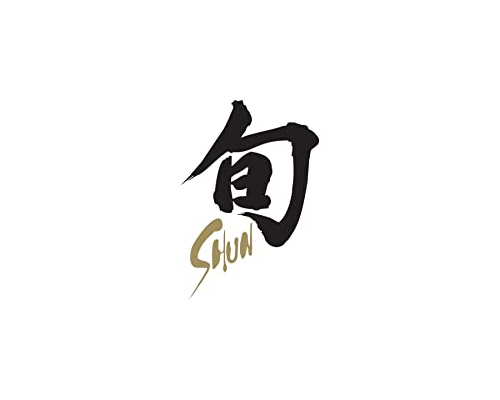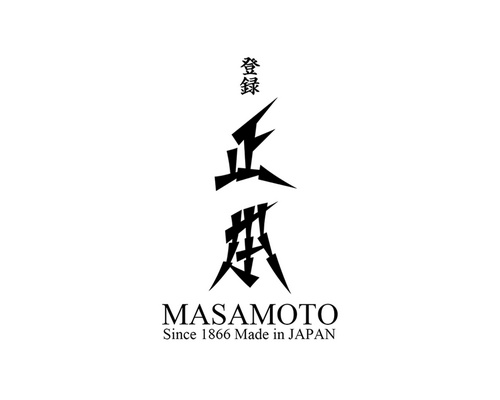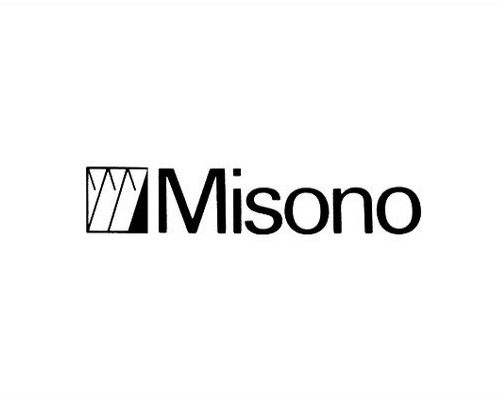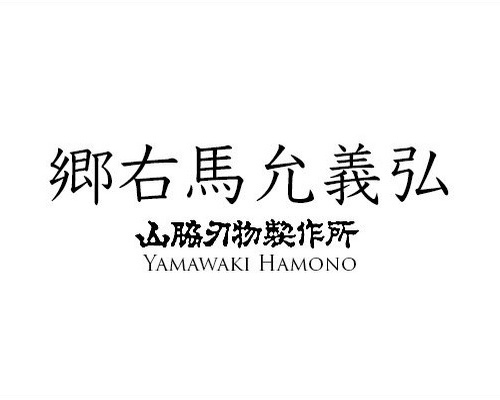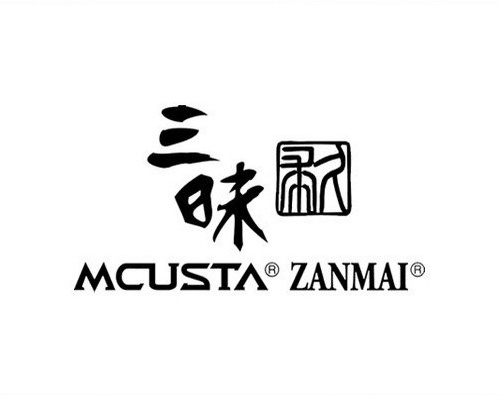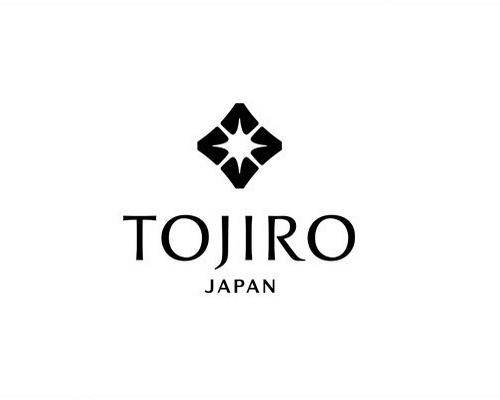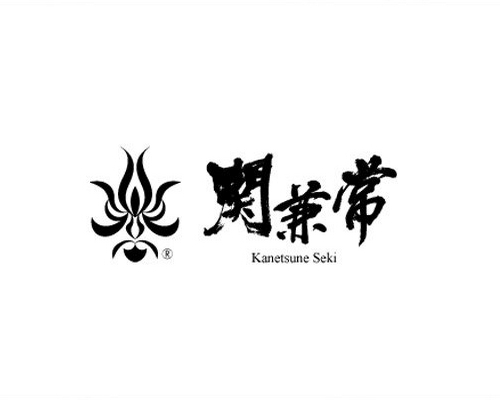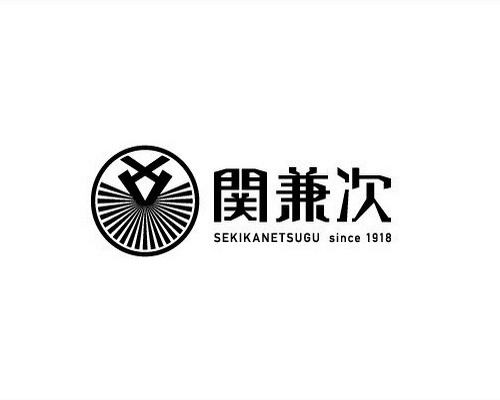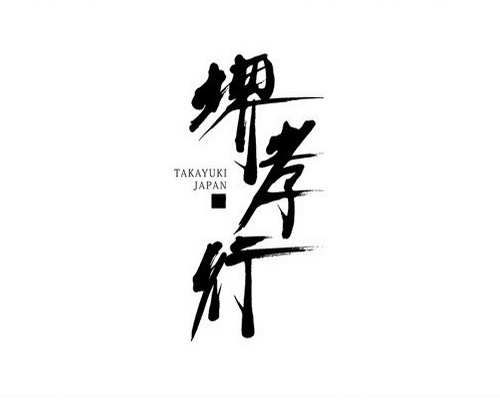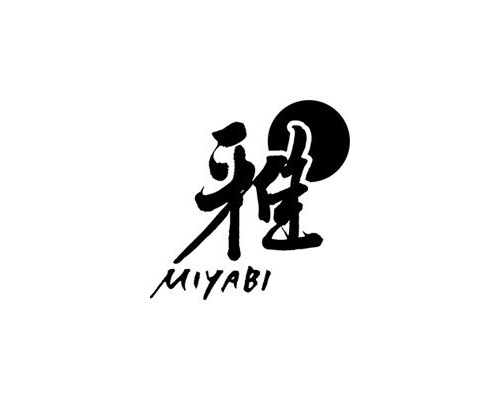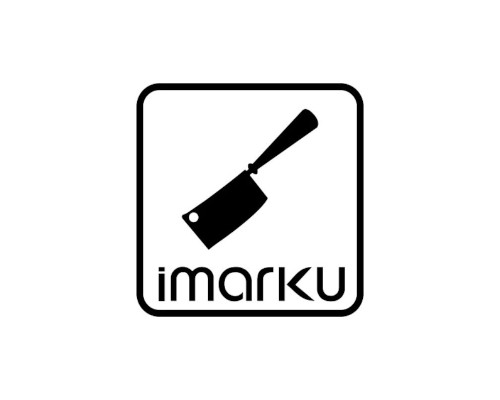MASAMOTO
MISONO
YOSHIHIRO
MCUSTA ZANMAI
TOJIRO
SEKI KANETSUNE
SEKI KANETSUGU
SAKAI TAKAYUKI
MIYABI
IMARKU
The rich history of the production of Japanese Kitchen Knives is deeply rooted in the country's ancient sword making traditions.
Here's a rundown of the historical progression from weapons of war - to weapons of food!
Heian Period (794-1185):
During this period Japanese swordsmithing techniques were applied to the shaping of knives for food preparation. The techniques of forging and tempering steel were refined resulting in knives with superior sharpness and durability.
Kamakura Period (1185-1333):
The Kamakura period saw the emergence of Samurai warriors and the influence of their sword culture on the art of knife-making. The forging techniques used for swords, such as differential hardening and folding the steel were also employed in the production of food knives. This led to the development of traditional Japanese kitchen knife styles including the Yanagiba (slicer), Deba (fish knife) and Usuba (vegetable knife).
Edo Period (1603-1868):
The Edo period marked a significant advancement in the production of Japanese kitchen knives. Skilled blacksmiths known as "tosho" specialized in crafting knives using traditional techniques. The demand for knives increased as cooking techniques and culinary arts flourished during this time.
Modern Era:
During the Meiji period (1868-1912), Japan opened up to Western influences leading to the adoption of Western-style knives. However, Japanese craftsmen continued to produce traditional knives preserving their unique designs and forging techniques.After WWII Japanese cutlery was exported across the world and quickly became recognised for their quality combined with affordability compared to the mass producers of the time - USA and the UK.
Today Japanese kitchen knives are crafted using a combination of traditional and modern techniques. They often feature high-carbon steel or stainless steel with different hardness levels tailored to specific knife styles and purposes. Having gained global recognition for their exceptional craftsmanship and precision, they're especially known for their sharpness and edge retention. Styles such as the single-bevel blades of sushi knives have become iconic symbols of Japanese culinary culture.
The Santoku bocho (三徳包丁); ("three virtues" or "three uses") a 20th century design, is perhaps the most common and recognizable Japanese kitchen knife, and now in the 21st century has become a must have addition to cutlery sets across the world.

